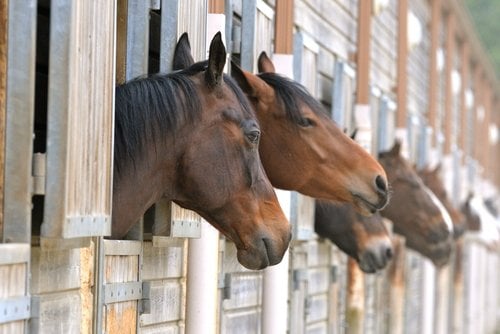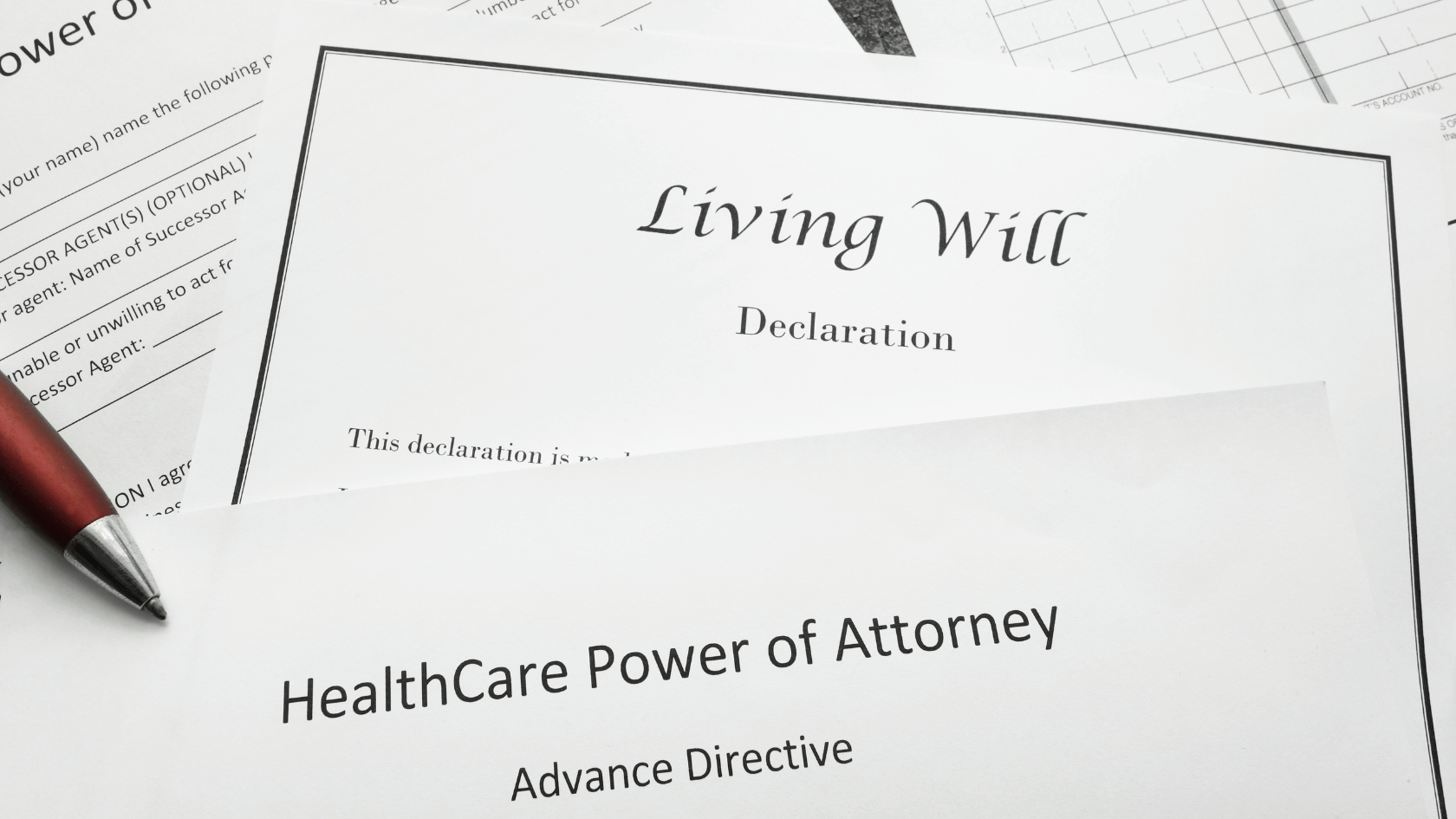Estate Planning Myths
Estate Planning Myths Estate planning often conjures images of the ultra-wealthy or elderly. But that is not really the case? At Maclaren Law, we...

Equine Business or Hobby?
If an equine business engaged in by an individual, partnership or subchapter S corporation shows a profit in 2 years within a 7 year period (beginning with the 1st profit year), it will be presumed to be engaged in for profit, with a separate special election available for a new enterprise. If the activity is one engaged in for profit, then losses resulting from the business may be deducted from other unrelated income. If the activity is engaged in as a hobby, then losses resulting from the hobby may only be deducted from related income.
Ultimate Question becomes whether the equine activities are engaged in for the purpose of turning a profit. The general rule is that if you have a good faith intent to turn a profit, you are engaged in a business. However, the IRS takes the position that if you really intended to make a profit, you would not have engaged in a losing activity for a number of years.
When determining whether or not there is a profit objective for purposes of determining whether not losses are the result of a hobby, even if profit from an activity is objectively unreasonable, it is the taxpayer’s genuine subjective intention to earn a profit that is relevant. See Helmick v. Commissioner, TC Memo 2009-220. Section 1.183-2(b) lists the following as factors relevant to the determination of a taxpayer’s genuine profit intentions:
The following discusses each factor in more details.
1. The manner in which the taxpayer carries on the activity.
“The fact that the taxpayer carries on the activity in a businesslike manner and maintains complete and accurate books and records may indicate that the activity is engaged in for profit… A change of operating methods, adoption of new techniques or abandonment of unprofitable methods… may also indicate a profit motive.” T. Regs. § 1.183-2(b)(1). The principle that a change in operating method can be evidence of a profit motive is supported by Shane v. Commissioner, TC Memo 1995-504 and Eldridge v. Commissioner, 70 TC 380.
The extent to which accurate books and records are kept need only be sufficient for the taxpayer’s purposes, i.e., argument that records would not be sufficient for potential investors and therefore failed in substantiating a profit motive failed where taxpayer was not seeking investors. See Helmick, supra.
2. Expertise of taxpayer of advisors.
The taxpayer’s expertise in an area, his use of advisors and/or his attempts to educate himself can be evidence of a profit motive. Specifically, there should be evidence that taxpayer investigated what factors are relevant to the activity becoming profitable. See Ostein, 66 TC 1237. See also Kaufman, 68 TC 4 and Shane, supra, for examples of use of experts.
3. The time and effort expended by taxpayer in carrying on the activity.
This factor is looked at in relation to the personal pleasure taken from the activity, i.e., if lots of time is expended on the activity and that time does provide significant personal pleasure a profit motive is indicated. See Regs. § 1.183-2(b)(3). Further, where a taxpayer does not spend significant time on the activity but employs competent individuals to spend the time on the activity a profit motive is indicated. See id; see also Ostein, supra.
Additional facts that help to establish this factor in taxpayer’s favor include the performance of manual labor (see Helmick, supra and Shane, supra); and the devotion of one’s free time to an activity where they are employed full time elsewhere (see Eldredge, supra).
4. Expectation that assets used in activity may appreciate in value.
In Helmick, the taxpayer’s expectation that their land would appreciate in value was reasonable in that the zoning was beneficial for the horse related activities. The Helmick court also made clear that there need not be an expectation that property appreciation will aid in recouping all past losses.
With respect to horses, courts seem to only have found that an expectation of appreciation is only reasonable where breeding activities are involved. See Shane, supra.
5. Success of taxpayer in carrying on similar or dissimilar activities.
Success in ventures not related to the current one can be relevant.
6. Taxpayer’s history of income or loss with respect to this activity.
Losses in start-up years are not an indication of a lack of profit motive. See Regs. § 1.183-2(b)(6). Similarly, losses sustained due to conditions beyond taxpayer’s control, e.g., depressed market conditions, do not indicate a lack of profit motive.
7. Amount of occasional profits, if any, from activity.
The amount of occasional profits, no matter how large or small can be relevant.
8. Financial status of taxpayer.
The fact that taxpayer does not have substantial income or capital from sources other than the activity may indicate that an activity is engaged in for profit. See Regs. § 1.183-2(b)(8). In Helmick, taxpayer had household annual income that never exceeded $65,000, which weighed in taxpayer’s favor for establishing profit motive because taxpayer couldn’t afford to engage in activity simply for pleasure. “Substantial income from sources other than the activity may indicate that the activity is not engaged in for profit especially if there are personal or recreational elements involved.” Regs. § 1.183-2(b)(8).
9. Elements of personal pleasure or recreation.
The presence of personal pleasure in an activity is not in itself evidence of a lack of a profit motive, neither is the presence of better investment alternatives. See Regs. § 1.183-2(b)(9); see also Helmick, supra. The Shane court even noted that it is human nature to undertake activities we enjoy.
Where there is no personal pleasure or recreation in an activity, that is evidence of a profit motive. See Regs. § 1.183-2(b)(9). In Helmick, it was a sign of a profit motive that husband did not ride and his kids wouldn’t even visit him because they didn’t want to be put to work.
This information is designed to provide a general overview with regard to the subject matter covered and is not to be construed as legal advice. Get in touch if you need more information.

Estate Planning Myths Estate planning often conjures images of the ultra-wealthy or elderly. But that is not really the case? At Maclaren Law, we...

Estate planning isn’t just for the ultra-wealthy or the elderly. It’s for anyone who wants to protect their loved ones, avoid costly legal processes,...

The Role of Healthcare Directives in Estate Planning Estate planning is often associated with wills, trusts, and the distribution of assets after...